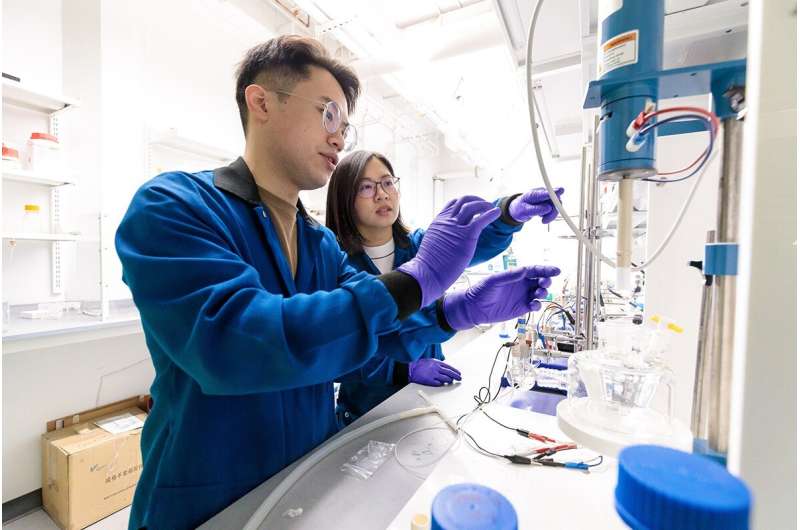Smart Cities: Technology Making Urban Life Smarter

The rise of smart cities represents a transformative leap in urban living, integrating advanced technology to improve efficiency, sustainability, and the overall quality of life. Through interconnected systems, citizens experience smarter transportation networks, optimized energy consumption, and enhanced public services. For urban planners and technology enthusiasts, reviewing urban technology innovations, exploring sustainable city initiatives, and analyzing digital infrastructure case studies provides critical insight into how modern cities are evolving. This synthesis of data-driven governance and intelligent design underpins the ongoing revolution in metropolitan management.
Definition and Core Concepts
Smart cities employ technology and data analytics to streamline urban operations. Core components include IoT (Internet of Things) devices, sensor networks, and centralized control systems. These elements facilitate real-time monitoring, predictive analytics, and efficient resource allocation, enabling municipalities to respond proactively to challenges ranging from traffic congestion to energy demand.
Key Features of Modern Urban Innovation
-
Intelligent Transportation Systems
Integrating traffic sensors, smart signals, and connected vehicles reduces congestion and improves commuter experiences. Real-time data allows adaptive routing, predictive maintenance, and fleet management optimization. Public transit networks benefit from advanced scheduling algorithms, providing residents with reliable, timely services.
-
Sustainable Energy Management
Cities are leveraging smart grids, renewable energy sources, and energy-efficient infrastructure. Automated lighting, adaptive heating, and energy monitoring systems reduce consumption and carbon footprint. These measures not only lower operational costs but also contribute to global environmental objectives.
-
Digital Governance and Public Services
E-governance platforms streamline citizen engagement, permitting digital access to services such as permits, tax payments, and public consultations. Data-driven decision-making enhances transparency, accountability, and responsiveness, empowering residents and local authorities alike.
-
Role of Big Data and IoT
Data collection underpins urban intelligence. IoT devices, from environmental sensors to connected appliances, provide continuous streams of information. Analyzing this data enables predictive modeling, resource optimization, and timely interventions. Cities can identify patterns in energy usage, traffic flows, and public health metrics, facilitating informed urban planning.
-
Enhancing Public Safety
Smart surveillance, emergency response systems, and predictive policing technologies contribute to safer urban environments. Real-time alerts, integrated communication channels, and automated monitoring enhance the ability of authorities to prevent and respond to incidents efficiently. Such systems balance safety needs with privacy and ethical considerations.
-
Healthcare and Urban Wellbeing
Integrating telemedicine, wearable health devices, and data analytics improves community health outcomes. Hospitals, clinics, and emergency services can coordinate more effectively, ensuring rapid response and preventive care. Health monitoring dashboards provide insights for policymakers to address public health concerns proactively.
-
Education and Digital Inclusion
Smart cities foster digital literacy and equitable access to educational resources. Online platforms, virtual classrooms, and interactive learning environments empower residents across socio-economic strata. These initiatives bridge the gap between traditional educational structures and modern technological demands.
-
Economic Development and Innovation Hubs
Technological infrastructure attracts startups, research institutions, and multinational corporations. Innovation districts stimulate entrepreneurship, create employment, and facilitate knowledge transfer. Smart cities act as incubators for economic resilience and global competitiveness.
-
Transportation and Mobility Innovations
Autonomous vehicles, bike-sharing schemes, and multimodal transit systems redefine urban mobility. AI-driven traffic control and predictive maintenance optimize flow and reduce delays. Mobility-as-a-Service (MaaS) platforms integrate diverse transport modes, offering residents seamless, eco-friendly alternatives to private vehicle use.
-
Environmental Sustainability
Urban planning incorporates green spaces, vertical gardens, and smart water management systems. IoT-enabled waste collection and pollution monitoring reduce environmental impact. Sustainable design principles guide construction, zoning, and energy policies, ensuring long-term ecological viability.
-
Smart Infrastructure and Buildings
Intelligent buildings employ automation for lighting, climate control, and security. Sensors monitor structural integrity and occupancy levels, optimizing energy consumption. Integration with city-wide networks enables holistic management of utilities, enhancing both efficiency and resident comfort.
-
Civic Engagement and Community Participation
Digital platforms enable citizens to participate in urban governance actively. Feedback portals, participatory budgeting, and online forums empower residents to influence policy and resource allocation. Engaged communities foster accountability, social cohesion, and responsive planning.
Challenges in Implementing Smart City Technologies
-
Data Privacy and Security
Widespread sensor deployment raises concerns about data privacy and cybersecurity. Effective policies, encryption, and anonymization techniques are essential to protect sensitive information while maintaining operational efficiency.
-
High Implementation Costs
Initial investment in infrastructure, technology, and training can be significant. Long-term planning, public-private partnerships, and phased deployment strategies mitigate financial barriers and ensure sustainable implementation.
-
Interoperability and Standardization
Integrating heterogeneous systems requires adherence to common standards. Ensuring interoperability among legacy systems, new technologies, and diverse stakeholders is crucial for seamless operation.
Future Trends in Urban Intelligence
-
Artificial Intelligence and Predictive Analytics
AI algorithms will increasingly guide traffic flow, energy distribution, and emergency response. Predictive modeling enhances resilience, allowing cities to anticipate challenges before they escalate.
-
Autonomous Infrastructure
Self-maintaining roads, smart bridges, and automated maintenance systems will minimize human intervention while ensuring safety and longevity.
-
Smart Citizen Services
Personalized digital platforms will enhance service delivery, from healthcare reminders to real-time transit updates. Citizens will experience tailored, responsive urban environments.
-
Global Examples of Smart Cities
Cities worldwide exemplify smart urban planning. Singapore leverages IoT and data analytics for traffic management and energy efficiency. Barcelona employs sensor networks for waste management and smart lighting. Amsterdam integrates mobility solutions and citizen engagement platforms, illustrating diverse approaches to urban intelligence.
Policy and Governance Considerations
Effective governance frameworks balance innovation with regulation. Policymakers must address ethical concerns, allocate resources equitably, and ensure digital inclusion. Strategic urban policies guide investment, technology adoption, and public-private collaboration, shaping resilient and inclusive metropolitan ecosystems.
The evolution of smart cities demonstrates the profound impact of technology on urban life. By consulting urban planning strategies, reviewing digital infrastructure case studies, and exploring sustainable city initiatives, stakeholders gain insight into the transformative potential of intelligent design. From enhanced mobility and energy efficiency to civic engagement and economic vitality, the integration of technology ensures that cities are not only smarter but also more livable, resilient, and adaptive to the challenges of the 21st century.





